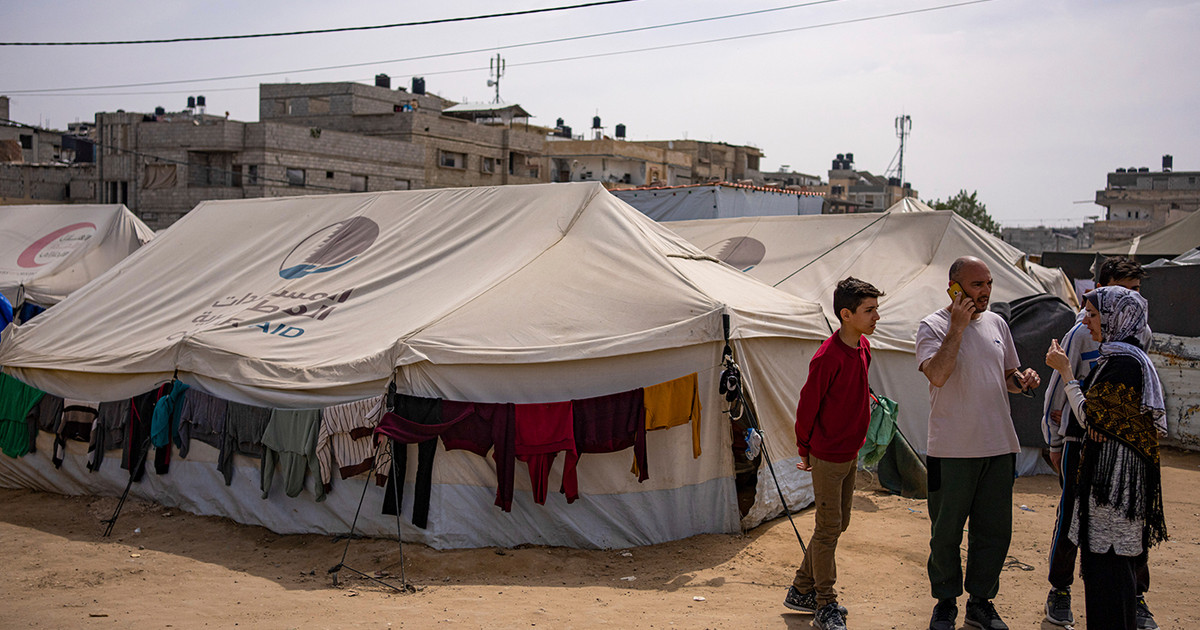The cases of monkey pox in humans have spread mainly across Europe after the confirmation of the first patient with the disease in the UK on 7 May.
According to a survey carried out by the CNN and updated this Friday (20), at least ten countries have confirmed cases of the disease so far: United Kingdom, Spain, Italy, Portugal, Australia, Belgium, France, Germany, Canada and the United States. The Netherlands investigates suspected cases.
The World Health Organization (WHO) monitors the epidemiological scenario and convened an emergency meeting on the subject.
The first confirmed case of the disease in the United Kingdom, which triggered the WHO’s alert, was reported to the entity on 7 May. The patient, who traveled from the UK to Nigeria, developed a rash on 29 April and returned to the UK on 4 May. Suspicion of monkeypox immediately led the patient to isolation.
Characteristics of the disease
Monkeypox (Monkeypox) is a disease transmitted from animals to humans (zoonosis) in the wild. Incidental human infections occur sporadically in forested parts of Central and West Africa.
The disease is caused by the monkeypox virus, which belongs to the orthopoxvirus family, and can be transmitted by contact and exposure to exhaled droplets. The incubation period for monkeypox is usually 6 to 13 days, but can range from 5 to 21 days.
The disease is often self-limiting with symptoms usually resolving spontaneously within 14 to 21 days. Symptoms can be mild or severe, and the lesions can be very itchy or painful.
The animal reservoir remains unknown, although it is likely to be among rodents. Contact with live and dead animals through hunting and consumption of game or bushmeat are known risk factors.
There are two groups of monkeypox virus, those from West Africa and those from the Congo Basin (Central Africa). Although monkeypox virus infection in West Africa sometimes leads to severe illness in some individuals, the illness is usually self-limiting.
The case fatality rate for the West African group has been documented to be around 1%, while for the Congo Basin it can be as high as 10%. Children are also at greater risk, and smallpox during pregnancy can lead to complications such as congenital smallpox or death of the child.
Milder cases of smallpox can go unnoticed and pose a risk of person-to-person transmission. There is likely to be little immunity to infection in those traveling and exposed, as the endemic disease is geographically limited to parts of West and Central Africa.
Although a vaccine has been approved for the prevention of smallpox, and the traditional smallpox vaccine also provides protection, these immunizers are not widely available.
(With information from Reuters)
Source: CNN Brasil






